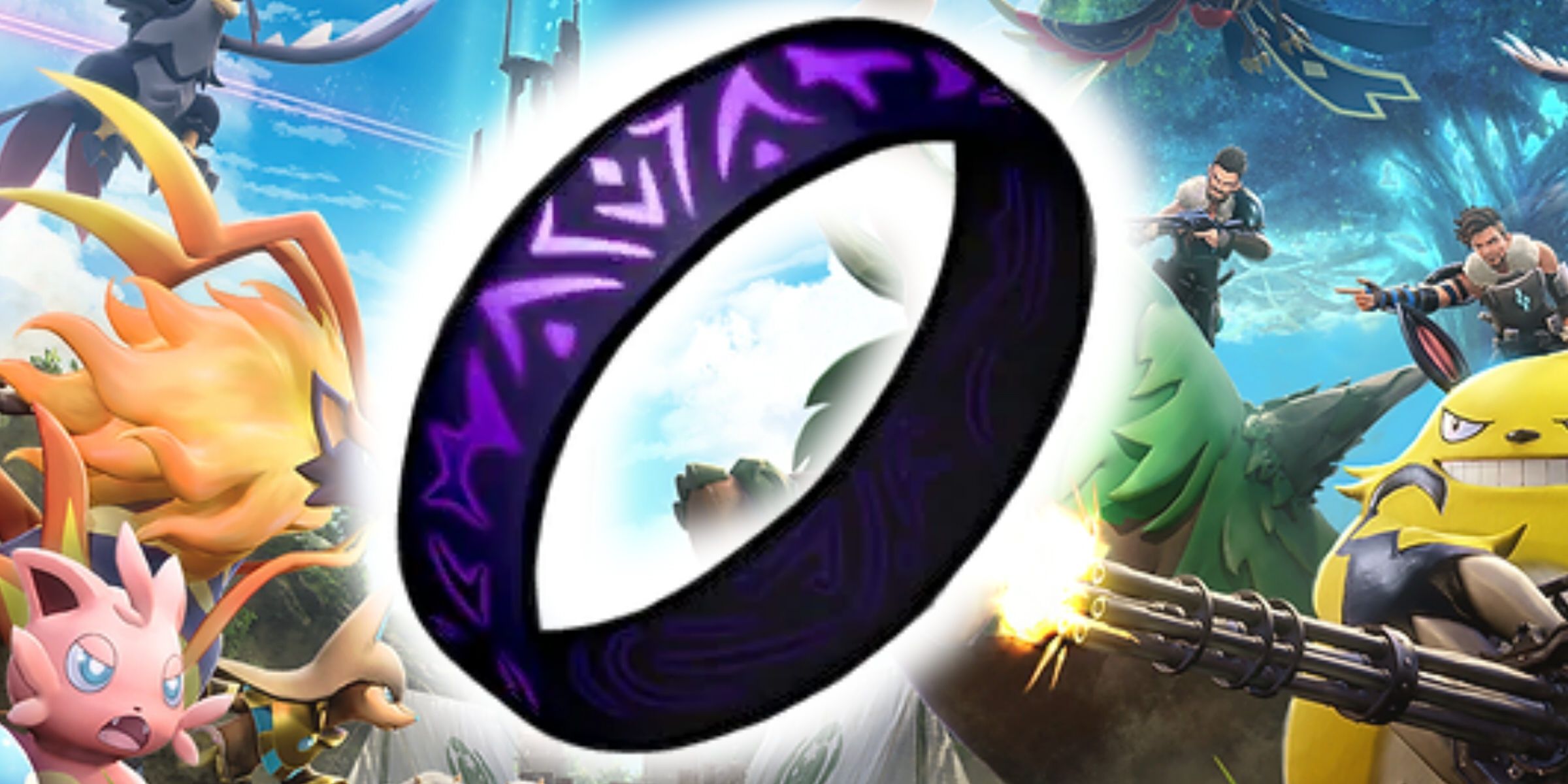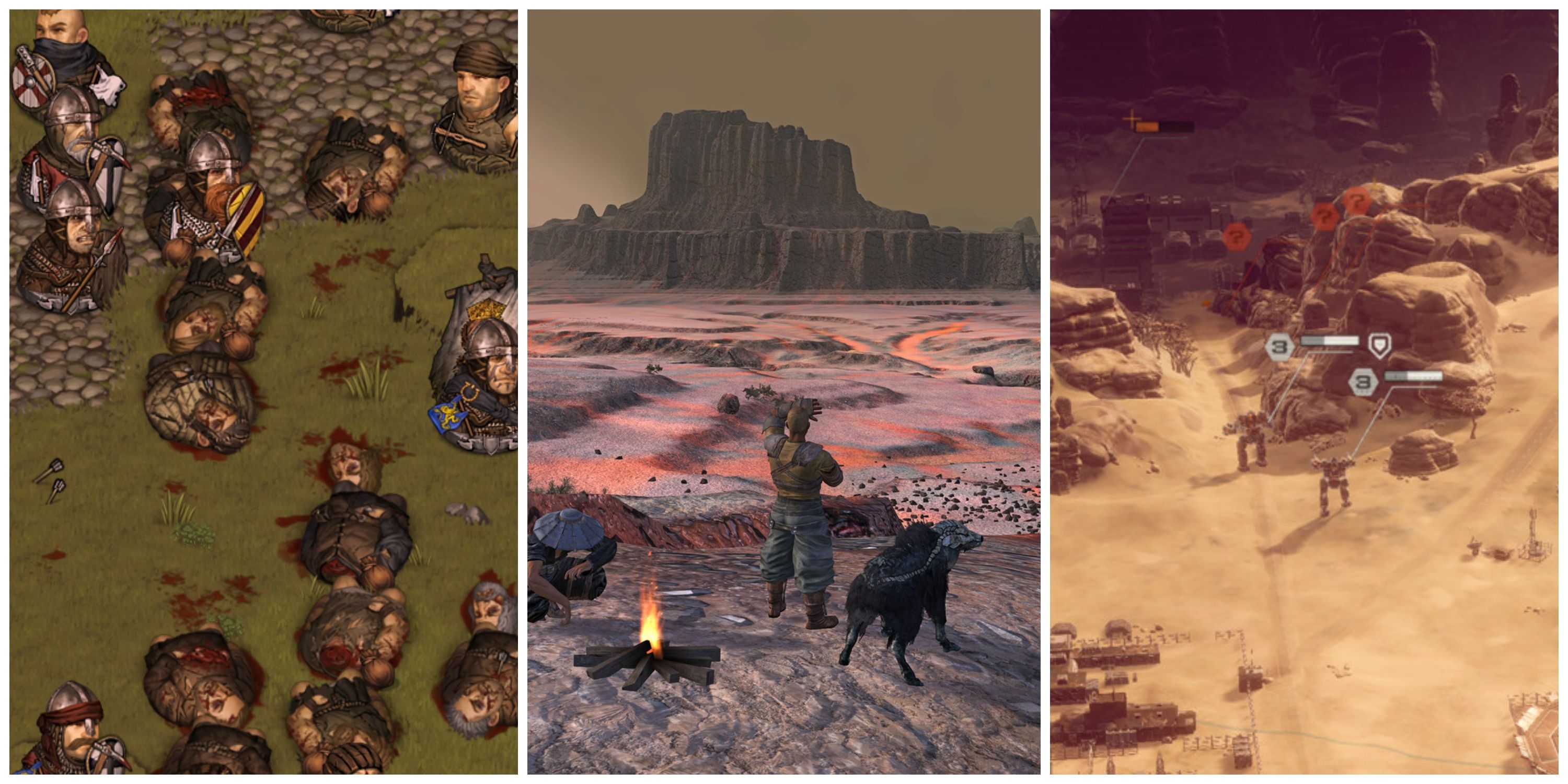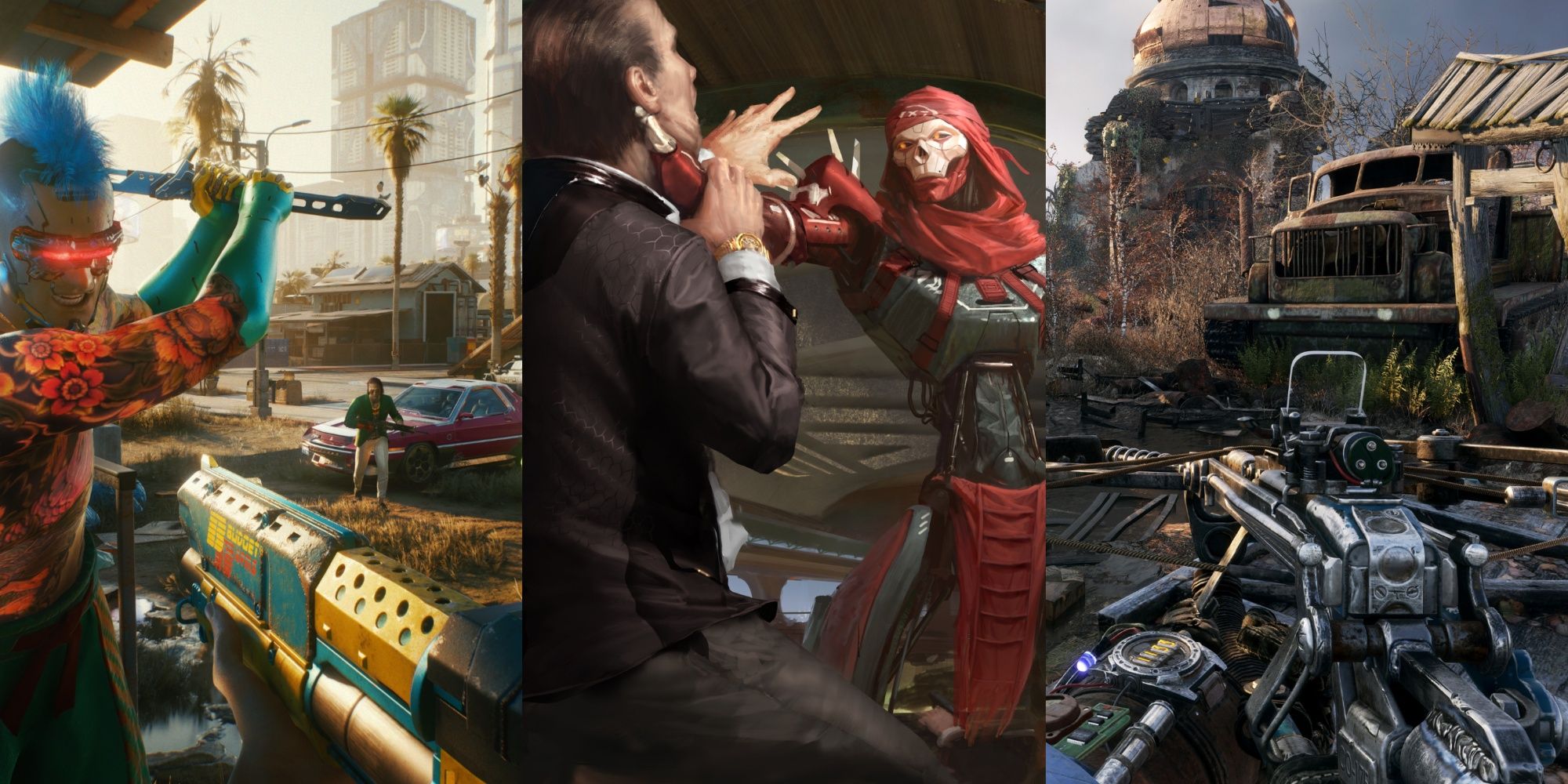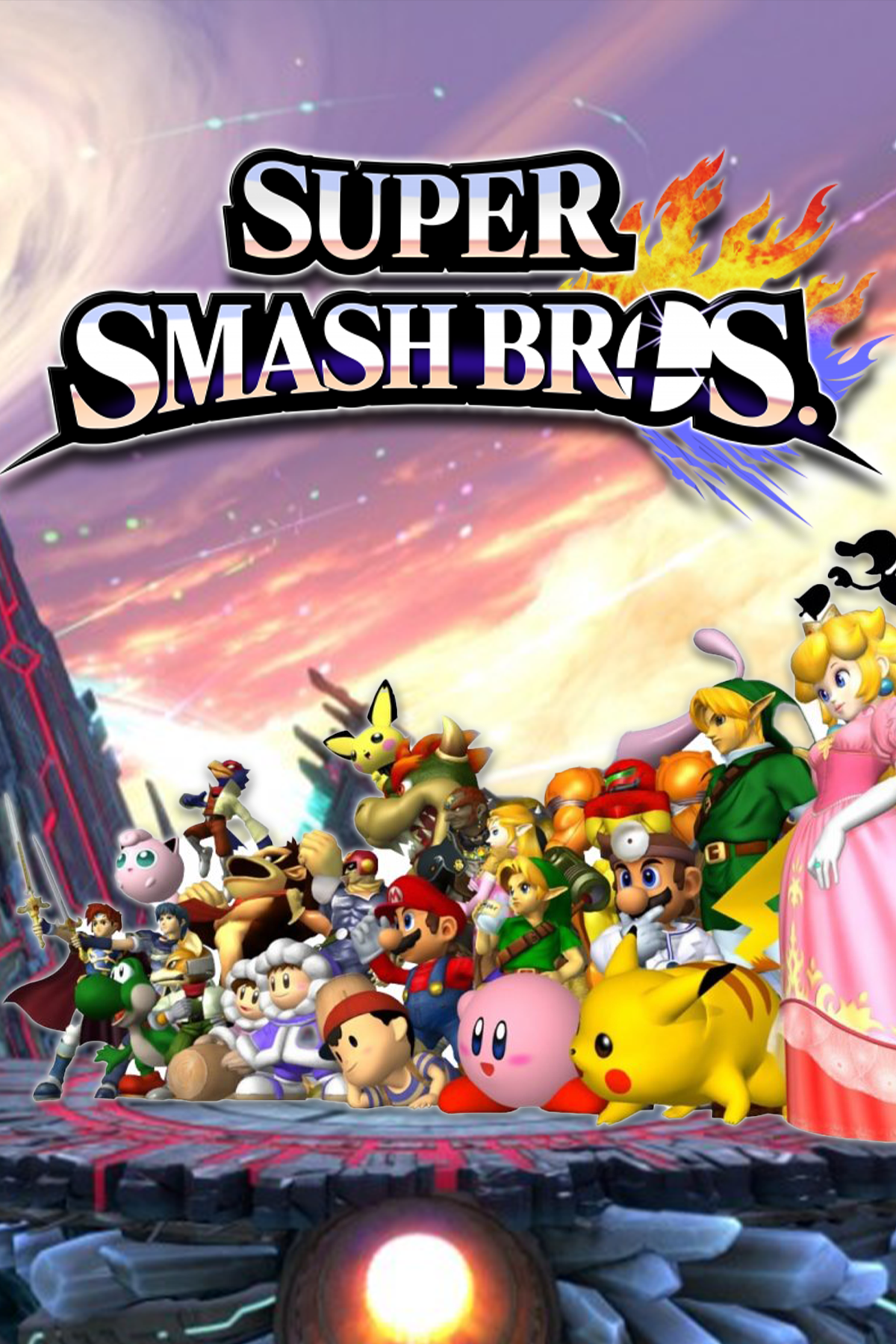Since the Nintendo 64, Super Smash Bros. has been a core franchise on every new Nintendo console. This crossover extravaganza has become a name to know in the game industry, and it's not likely to be replaced anytime soon. Having codified the platform fighter genre and given it mainstream popularity, many still see the Super Smash Bros. series as the best in its class despite rising competition and scattered flaws. There's plenty of room for competition like MultiVersus and Nickelodeon All-Star Brawl, but it will take a lot to dethrone their inspiration.
Within the franchise itself, Super Smash Bros. has undergone a lot of changes over the years. The bones that Smash 64 carved and Super Smash Bros. Melee refined are still visible, but each entry comes with its own take. Different aspects like gameplay or single-player modes shift in focus and quality, further differentiating each game. No Super Smash Bros. title can truly be called bad, but how much they appeal and to whom varies greatly as one looks over the series’ spread.
S Tier
Super Smash Bros. Melee - Anyone familiar with the Super Smash Bros. community won't be surprised by its GameCube entry being honored. Super Smash Bros. Melee may not be the best-selling Smash game, but its relevance after two decades and multiple sequels speaks to what it got right. One look at tournament footage tells viewers all they need to know about Melee’s smooth yet complex gameplay, though there's also plenty on offer for casual players. Several single-player modes are still considered at their peak in Smash Melee, with Target Test and Adventure Mode attracting the most praise. Complete with Trophies, more than double the fighters, and even being the Smash to introduce North America to Fire Emblem, Super Smash Bros. Melee is an all-time classic.
Super Smash Bros. Ultimate - It took a long time for any platform fighter to rival Melee, but series creator Masahiro Sakurai and his colleagues finally managed it with the most recent Super Smash Bros. Built using Super Smash Bros. for Wii U as a base, Super Smash Bros. Ultimate brings back every character and almost every stage in the series’ history. It then went even further with the most jaw-dropping set of fan-requested fighters and third-party guests ever seen in a fighting game, on top of bringing a new story mode to bear with World of Light. That Super Smash Bros. Ultimate also plays well, some online issues notwithstanding, is just the bow on this supreme package.
A Tier
Super Smash Bros. Brawl - Ranking Super Smash Bros. Brawl next to the rest of the franchise is difficult. Many fans consider Brawl to have the worst game mechanics and competitive balance in the series, and it's hard to refute that. In modern times, Super Smash Bros. Brawl rarely sees play, with many preferring Brawl mods like Project M instead of returning to the base version. Brawl gets some props for introducing guest characters via Sonic the Hedgehog and Solid Snake, as well as a Stage Builder, but that's not enough to make up for its shortcomings.
However, its Subspace Emissary story mode deserves all the praise it gets, even with its issues. Brawl's gameplay would take a remake to fix but drags Subspace down regardless, and the generic stages used instead of some of Nintendo's own have prompted complaints. Even so, the mode as a whole supports one of the better stories seen in fighting games. It gives its crossover mascots and their interactions time to shine in plentiful cutscenes and takes players on a Kirby-like adventure that culminates in a massive non-linear dungeon.
All of this can be enjoyed with a co-op partner, and players can collect stickers to upgrade themselves along the way. Subspace Emissary is arguably Smash 's best single-player mode and gives casual fans a good reason to revisit Super Smash Bros. Brawl .
Super Smash Bros. - The original Super Smash Bros. on the N64 is more of a curiosity nowadays, having been left behind by the advancements made in later entries. A Switch Online release for Super Smash Bros. would help, but there's no sign of one at the moment. Smash 64 does have the unique appeal of longer combos thanks to higher stun values, but that only caters to a minority of players. There's not much to criticize about it, and the game deserves all the praise it can get for being a strong launch for the Super Smash Bros. franchise, but Smash 64 can't hold a candle to its successors.
B Tier
Super Smash Bros. for Wii U - Unfortunately, the other Smash Bros. entries fitting Smash 64's description don't have the luxury of being the first. Released shortly after its 3DS skew, Super Smash Bros. for Wii U introduced 8-Player Smash while exchanging Super Smash Bros. for 3DS's Smash Run and StreetSmash for Smash Tour, Special Orders, Stage Builder, and Event Mode. The fourth Smash generation's shared features like custom specials further enhance Smash for Wii U’s identity, but comparing any part of it to Super Smash Bros. Ultimate, particularly the lack of a new Super Smash Bros. story mode, makes it clear this entry is obsolete.
Super Smash Bros. for 3DS - This tragedy is magnified in Super Smash Bros. for 3DS, which is technically the same game and had to scale back on many fronts to accommodate Super Smash Bros.’ handheld debut. Portable play and the Smash Run mode, which fused Kirby Air Ride’s City Trial with Super Smash Bros. Brawl’s casual PvE-focused Subspace Emissary stages, are all that Smash 3DS has going for it. With Smash Ultimate’s presence on the portable Nintendo Switch, and more features available on Smash for Wii U, there isn't a use for this Super Smash Bros. entry besides seeing its few distinct qualities in action.




